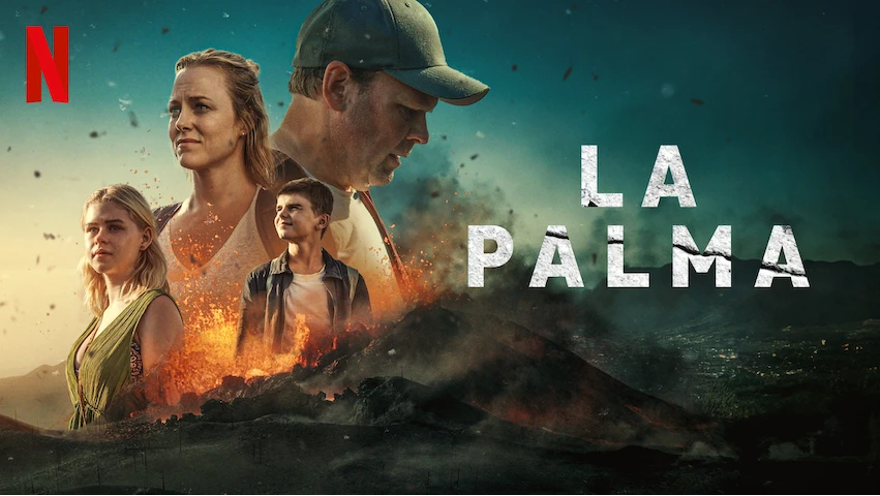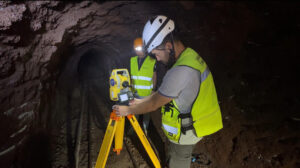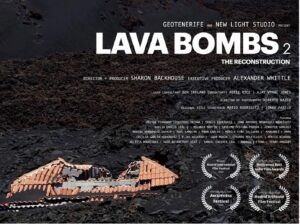Netflix’s disaster miniseries La Palma was released on 12 December 2024. The Norwegian production secured a spot on Netflix’s top 10 non-English series in just five weeks and was the most-watched between December 19 and 25 across all streaming platforms. However, it has received local criticism for its plot and the timing of its release, as La Palma is still recovering from the 2021 eruption on the island. It asks questions about filmmaking ethics, especially when real places and phenomena are involved.
The series follows a Norwegian family holidaying in La Palma, as volcanic unrest on the island intensifies as the whole island begins to crack in two, just out of their view. When the volcano erupts, they must escape to the neighbouring island of Tenerife, where a purported ‘safe’ zone exists that will shelter them from the giant mega-tsunami waves when they hit. In the end, *spoilers*, they all survive by the skin of their teeth. Discounting the landslide and mega-tsunami, the majority of the remaining ‘science’ in the film poorly reflects reality, from the volcanic monitoring techniques and explanations, to the climate change reference for the worsening of the ‘crack’ on the island, to the fact that someone could survive a mega-tsunami impact in half a submerged plane fuselage!
Obviously, stretching scientific truth and the use of fictional apocalyptic scenarios is commonplace in the disaster media genre, and on its own is not particularly damaging or unethical. However, the context that these productions are grounded in is key to the ethics and sensitivities behind how accurately relevant science and scenarios should be portrayed. In productions grounded in real contexts and places such as La Palma, especially given the notoriety of the mega-tsunami theory and the well-documented and referenced 2021 eruption, getting the scientific facts right is necessary as to not risk misinforming the audience.



 The science in
The science in 
No Comments